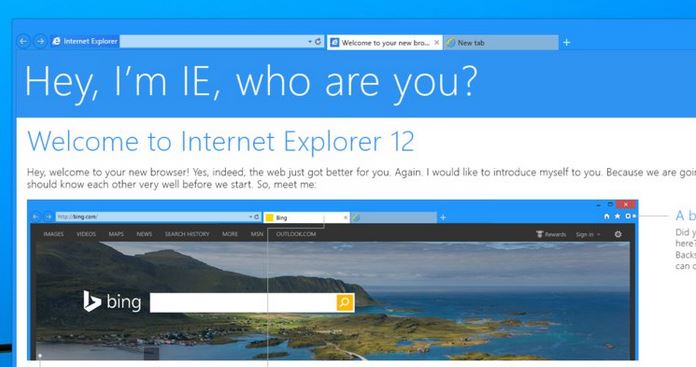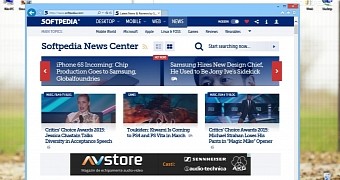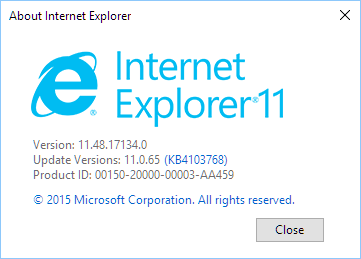
- #Internet explorer 12 update
- #Internet explorer 12 code
- #Internet explorer 12 windows 8
- #Internet explorer 12 free
These attacks were aimed toward government-related institutions and key industries. This exploit was also used in targeted attacks that dropped the PlugX remote access Trojan (RAT).

Were there other attacks that exploited this vulnerability?
#Internet explorer 12 windows 8
Microsoft Security Advisory 2755801 addresses vulnerabilities in Adobe Flash Player in IE 10 on all supported editions of Windows 8 and Windows Server 2012.
#Internet explorer 12 update
But shortly after the zero-day exploit, Microsoft released a security update for users who have already downloaded the pre-released version of IE 10. The previously mentioned exploit is unrelated to the forthcoming IE 10 browser. Will this exploit cause an impact I E 10 ? Once the use-after-free exception error occurs, it then executes the shellcode that is responsible for downloading and executing the payload or BKDR_POISON.BMN.
#Internet explorer 12 code

Why is it called the "use after free" vulnerability? This leads to attackers gaining the same privileges as the current user via the unpatched IE browsers.Īdditionally, stats have shown that this vulnerability puts more than 30% Internet users worldwide at risk. Prior to the out-of-band security update, unpatched IE browsers versions 6-9 were vulnerable to the exploit upon visiting compromised websites. This particular vulnerability was also exploited in a targeted attack that results in downloading the PlugX remote access Trojan (RAT).

#Internet explorer 12 free
execCommand Use After Free Vulnerability or CVE-2012-4969 is the most severe of these vulnerabilities which leads to executing malicious code by remote attackers. These vulnerabilities in Internet Explorer (IE) were recently exploited in the wild.

Microsoft gave MS12-063 a 'critical' rating. MS12-063 is an out-of-band security bulletin that addresses attacks through vulnerabilities in all supported versions of Internet Explorer (9 and earlier). The following article is an in-depth look into the zero-day exploit and discusses its several repercussions. Microsoft has recently released MS12-063 to address vulnerabilities that affect all versions of Internet Explorer, namely versions 6, 7, 8, and 9.


 0 kommentar(er)
0 kommentar(er)
